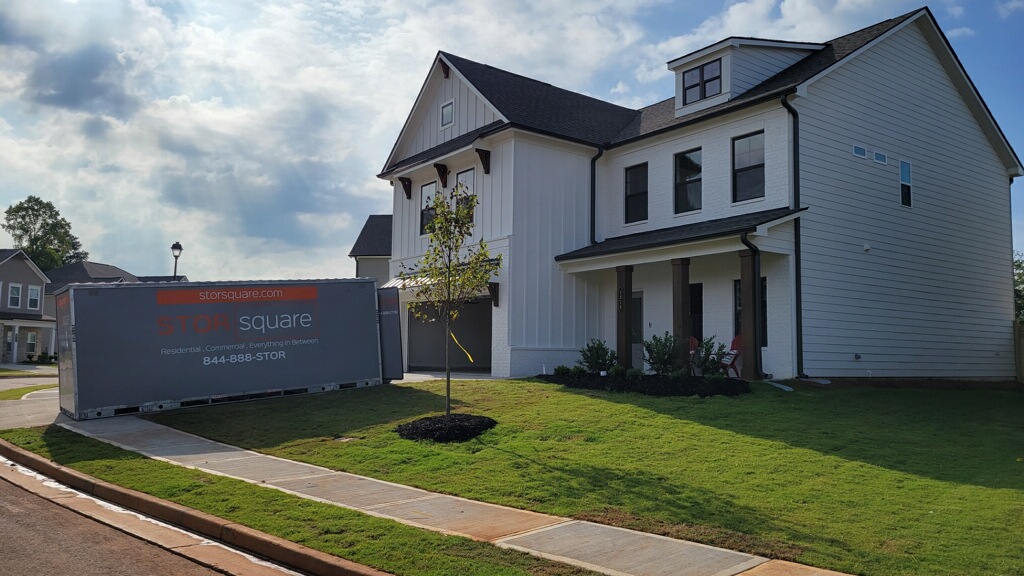Transforming an underutilized space into a dedicated play area is a fantastic way to enhance your home, and spare room playroom ideas can help you make the most of it. Converting a spare room into a playroom allows you to create a space that is both fun and functional. Whether you want to give your children a dedicated place to play or need an organized spot for toys, art supplies, and other essentials, this renovation can greatly improve your home’s usability.
This guide offers design inspiration, storage solutions, and recommendations for child-safe furniture to help you craft the perfect, well-organized playroom.
1. Plan the Layout with Purpose
Before you dive into decorating and organizing, start by planning the layout. Consider the available space in the room and how best to divide it for play and storage. It’s helpful to create designated zones within the room to ensure the space serves multiple functions, from play to learning, and even quiet time.
For example, you can use one corner of the room for a cozy reading nook, with soft pillows, a small bookshelf, and a comfy chair. The center of the room might be designated for active play, with enough open space for toys, games, or a small play kitchen. Spare room playroom ideas could also include a section for arts and crafts, equipped with a table and storage for art supplies.
To avoid overcrowding the room, make sure there’s plenty of open space for your children to move around. This can be especially important when using storage solutions that require a bit more room to access.
2. Choose Child-Safe, Practical Furniture
The furniture in a playroom needs to be both functional and safe for your children. When selecting items like tables, chairs, and storage units, make sure they are durable, easy to clean, and made from child-friendly materials.
Look for rounded-edge tables and chairs to prevent any accidents while exploring spare room playroom ideas. There are plenty of multi-purpose pieces available, such as ottomans with storage inside, or low-sitting bookshelves and cubbies. These kinds of pieces help keep toys within reach and encourage kids to put things away when they’re done playing.
Additionally, consider adding soft rugs to the floor. Not only do they create a cozy, safe environment, but they can also help define areas within the playroom. A colorful, fun rug can also add an extra element of playfulness to the space.

3. Maximize Storage with Smart Solutions
A common challenge when creating a playroom is finding the best way to store toys, games, and other supplies. The key to a successful playroom is keeping things organized while still making everything accessible to your kids. A cluttered space is less fun and harder to keep clean. That’s where clever storage solutions come into play.
One great option is mobile storage units, such as storage container rentals or portable self-storage units, which can provide additional, flexible storage space if you don’t have enough room in the playroom itself. Spare room playroom ideas can benefit from using moving containers and storage units that are portable, as they offer a great place to keep extra toys, seasonal items, or games you don’t need to access daily.
Storage container rentals are a fantastic choice if you need to store larger items or if you’re in the process of organizing your home. Portable storage units can also help you keep clutter at bay without sacrificing valuable play space in the room. These units can be placed in your driveway or tucked away, offering a convenient solution for short-term or long-term storage without the hassle of moving everything around constantly.
For in-room storage, use clear bins or baskets that your kids can easily grab as part of your spare room playroom ideas. Labeling each bin helps them know where things belong, encouraging them to clean up after themselves. Wall-mounted shelves or floating shelves are also great options for keeping the floor space clear and accessible.
4. Incorporate Fun Design Elements
Now comes the fun part—adding personality and style to the room! Keep in mind that playrooms should be a reflection of fun, creativity, and imagination. You can incorporate vibrant colors and whimsical patterns to create a playful atmosphere. Consider bright wall decals, a chalkboard wall, or murals that spark creativity.
You could also personalize the space with family photos, a growth chart, or your child’s artwork. Hanging curtains or drapes with fun designs or patterns can add a playful touch while still being functional by controlling natural light.
Additionally, for a touch of comfort, consider adding a bean bag chair or a small play tent. These items create a cozy environment where kids can retreat for a quiet time of reading or resting.
5. Temporary Storage Solutions for Spare Room Playroom Ideas
When you’re organizing a playroom, sometimes you need temporary solutions, especially if you’re not ready for a permanent storage arrangement. Moving unit storage can help bridge that gap by providing an on-site storage solution. Units moving cost is often a more affordable option for families in need of extra space. Plus, these containers offer easy access, allowing you to take items out when needed.
For a mini mobile storage option, consider driveway storage containers. These can be rented and placed outside your home, providing an additional space to store seasonal or extra items like toys your child no longer uses, without crowding the playroom. Pack yourself moving containers are also a great choice for keeping things organized while you take the time to figure out your permanent storage options.
6. Encourage Daily Clean-Up
As you implement your spare room playroom ideas and the playroom begins to take shape, don’t forget to make it a habit for everyone to help clean up. It’s crucial to involve your children in tidying up their toys. Make it fun by setting a timer or playing a clean-up song they can sing along to while they put everything back in its place.

